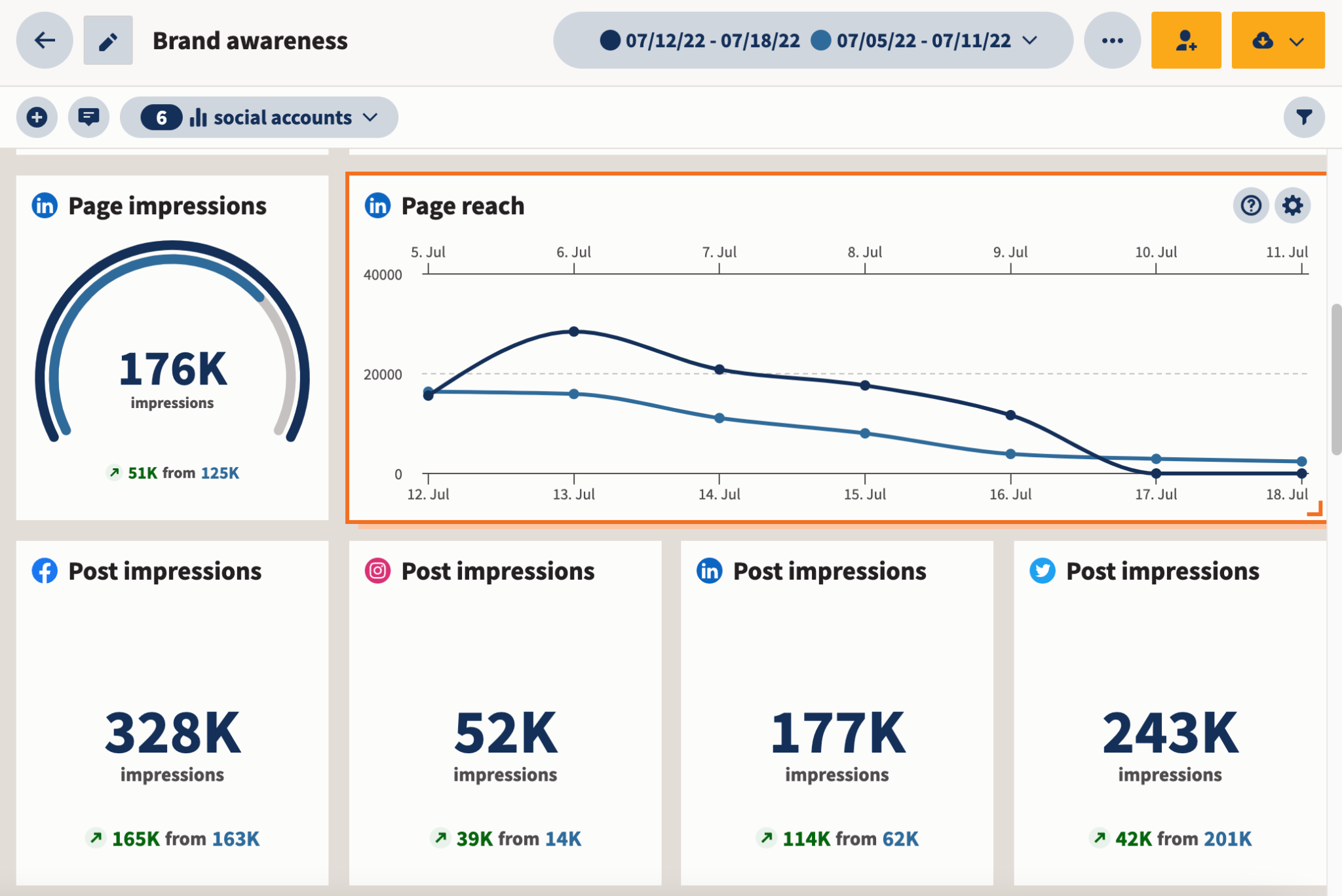The Smart B2B Marketer’s Guide to Video-Led Lead Generation
In a world of crowded inboxes and endless sales decks, video stands out. Not because it’s flashy or novel—but because it works.
For B2B marketers, video is no longer just a top-of-funnel brand tool. It’s a powerful asset for generating high-quality leads, nurturing them through long buying cycles, and accelerating decision-making. The smartest brands are already using it to drive better results across their pipeline.
To explore a broader view, check out Everything You Need to Know About Video Marketing.
1. Build your video strategy around the buyer journey
To get results from video, you need more than a decent script and good camera work. You need strategic intent. That starts with understanding where your audience is in their buying journey and what kind of content will move them forward.
For best practice around this, see our guide on 15 Things to Consider When Creating Video Content.
- Top of funnel (TOFU): Raise awareness, spark curiosity, offer value
- Middle of funnel (MOFU): Build trust, demonstrate expertise, show outcomes
- Bottom of funnel (BOFU): Remove doubt, reduce risk, prompt conversion
Mid-funnel videos tend to provide the biggest return when generating B2B leads.
2. Create content that gives more than it asks
Your audience is busy, skeptical, and juggling competing priorities. The only way you’ll earn their attention—and contact details—is by giving them something useful.
That means video content that helps them do their job better, understand something faster, or make a stronger case internally.
For more ideas, see 10 Types of Video Your Business Needs.
- Explainer videos: Break down a product, process, or platform in under two minutes
- Case study videos: Highlight measurable results from real clients
- Product walkthroughs: Focus on benefits, not just features
- Thought leadership content: Share trends, insights, or bold points of view
- Webinar highlights: Short, actionable takeaways with a prompt to watch the full version
3. Use gated video content to qualify and capture leads
Not all videos need to be publicly available. If your content offers high-value insight—like a detailed product demo, technical deep dive, or ROI-focused presentation—it’s worth gating.
Create a short teaser and drive traffic to a focused landing page with a concise form. Ask only for essential details: name, email, company, role, maybe industry.
Then deliver the video immediately and follow up swiftly to keep momentum.
4. Boost conversion on landing pages with embedded video
Landing pages are vital in B2B lead generation. Video adds clarity, builds trust, and humanises your brand—all faster.
Place a short, relevant video near the top that:
- Summarises the offer confidently
- Introduces the people behind the brand
- Shows proof—stats or client quotes
- Ends with a strong call to action
One message, one action, one video.
5. Combine video with smart targeting for better campaigns
Your audience isn’t scrolling aimlessly—they’re scanning fast. Short-form video with precise targeting breaks through.
Use it on:
- LinkedIn lead gen campaigns
- YouTube pre-roll ads targeted to relevant industries
- Retargeting campaigns for engaged visitors
- Email drip campaigns with personalised clips
Hook viewers in the first few seconds, add captions for silent viewing, and prompt them to click, book, or download.
6. Use video to nurture leads and close deals
Video doesn’t just get leads—it moves them through your pipeline.
In long B2B sales cycles, trust matters, relevance matters, human connection matters. Video delivers all three.
Try these video touch points:
- A welcome message after sign-up
- A personalised intro before a call or demo
- Customer success stories while a proposal is under review
- A “what to expect” explainer to reduce drop-off
These human touches boost engagement and build rapport.
7. Measure what matters
B2B video marketing isn’t about likes or views—it’s about conversion.
Focus on:
- View-through rate: Are they watching to the end?
- Click-through rate: Do they take the next step?
- Conversion rate: Are they filling in the form?
- Lead quality: Are they your target companies and roles?
Continuously refine your thumbnails, CTAs, sequencing, and content. Over time, you’ll reduce cost per lead and boost performance.
Final thoughts: video that works as hard as you do
In B2B, prospects don’t convert on charm alone. They convert when they understand how you help—and trust you.
Video gives you clarity, confidence, and credibility. When used well, it becomes the backbone of your lead generation engine—always on, always effective.
Want to generate better B2B leads with video?
We’ve helped B2B brands in tech, logistics, education, and more turn video into a reliable lead engine.
- Explore our corporate video production services
- Discover 11 Inside Tips for Effective Customer Testimonial Videos
- Learn more about the types of video that promote your business
Fill out the form on our contact page and start the conversation.







 the modern aspects of London’s architecture to convey innovation and progress. These success stories not only demonstrate the technical prowess and creative excellence available in London but also showcase how effectively the city’s resources can be leveraged to produce impactful and memorable corporate communications.
the modern aspects of London’s architecture to convey innovation and progress. These success stories not only demonstrate the technical prowess and creative excellence available in London but also showcase how effectively the city’s resources can be leveraged to produce impactful and memorable corporate communications.